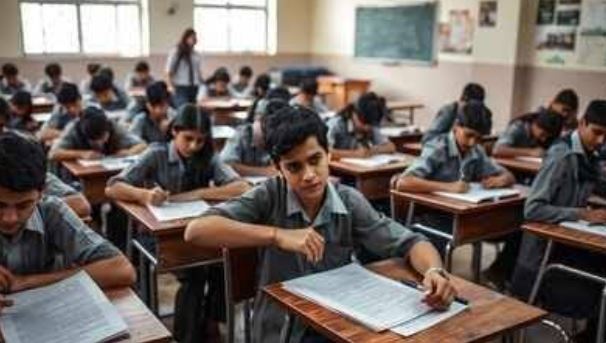The Central Board of Secondary Education (CBSE) decided during its Governing Body meeting in June 2025 that linking each student’s APAAR ID with their registration and the List of Candidates (LoC) is compulsory for the 2026 board exams. This applies to Classes 9 through 12, starting registration in Classes 9 and 11, and submissions for LoC in Classes 10 and 12
What Does This Mean?
The APAAR ID will become part of official documents like marksheets, certificates, and migration records
What is APAAR?
APAAR stands for Automated Permanent Academic Account Registry. It is a 12-digit unique identifier designed to serve as a lifelong, universal digital academic identity under the One Nation, One Student ID initiative and aligned with NEP 2020
The ID helps consolidate all academic and co‑curricular achievements in one place — accessible via platforms like DigiLocker — fostering transparency, preventing fraud, and simplifying academic transitions across institutions
Implementation on Ground
Schools across the country have begun generating APAAR IDs, often organising orientation sessions and help desks to aid students and parents in the process.
Public Reactions & Concerns
Some schools and educational bodies have raised concerns about the feasibility of the mandate due to:
Data mismatches between Aadhaar and school records.
Procedural delays in Aadhaar corrections.
Overall administrative strain, especially in ensuring accuracy across thousands of student records
Privacy advocates and legal experts have criticized the move, pointing out:
The lack of statutory/legal backing for APAAR, making its mandate questionable.
The erosion of the voluntary nature of APAAR, as many feel coerced into compliance.
Risks surrounding data security and privacy, especially involving minors and centralized student data.
Also Read: Will PM Modi’s GST Reforms Will Be the ‘Diwali Gift’ that Boosts Your Savings?










Electricity (Amendment) Bill 2025 explained: FAQs on reforms for efficient and affordable power
Online Gaming Bill 2025 Explained: What New Law Means for Gamers and Platforms in India
Will PM Modi’s GST Reforms Will Be the ‘Diwali Gift’ that Boosts Your Savings?